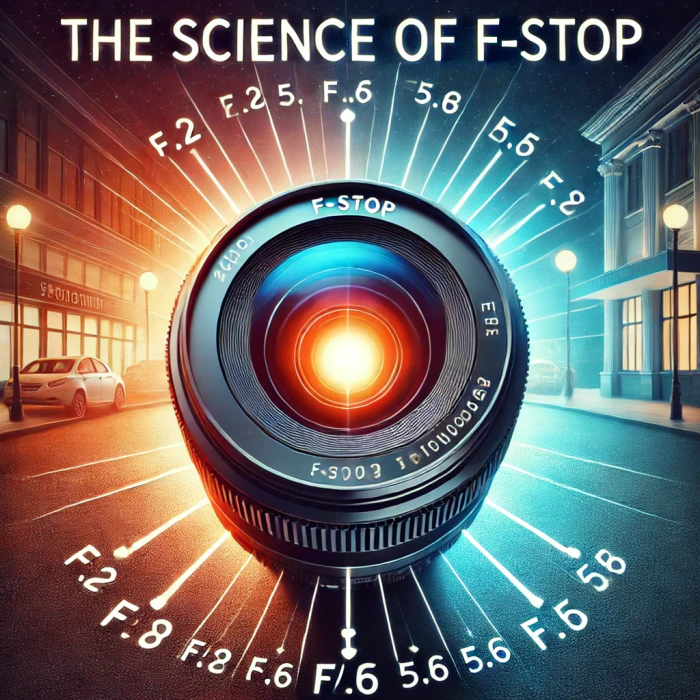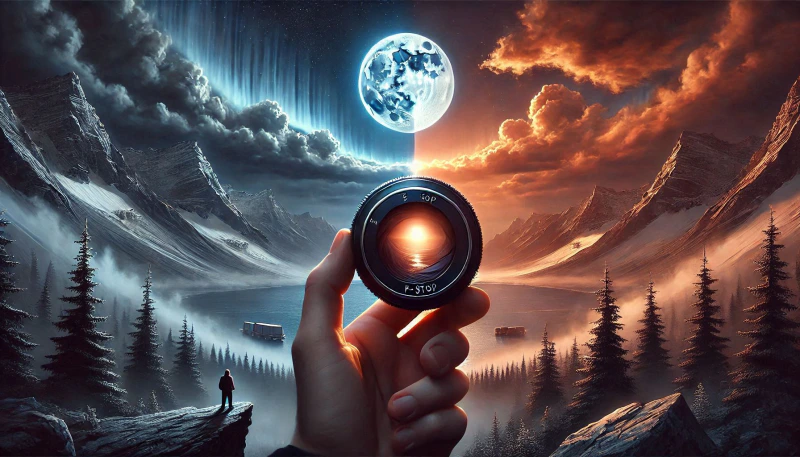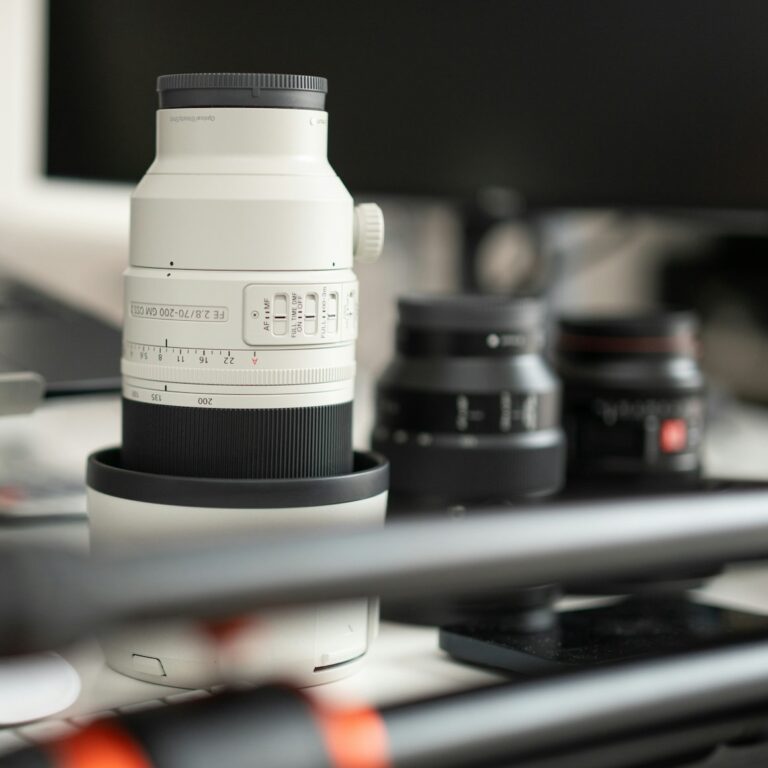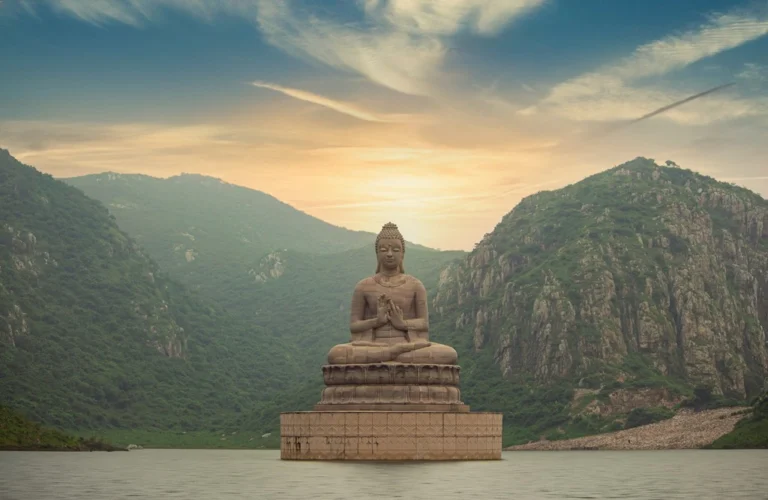“How f-stop Affects Light: The Role of Aperture in Exposure Control
The f-stop scale, used in photography to control the exposure of an image, is grounded in a fundamental relationship between the aperture and the amount of light reaching the camera’s sensor. This scale is logarithmic and has been designed for precise control over exposure, allowing photographers to manipulate the brightness of their images with great accuracy.

The Science Behind the f-stop Scale
The f-number is the ratio of the lens’s focal length to the diameter of the entrance pupil (the apparent size of the aperture). This ratio determines the size of the aperture opening and, consequently, how much light enters the lens. The area through which light passes is proportional to the square of the aperture’s diameter. Therefore, when the f-stop value is adjusted, the area of the aperture changes exponentially, meaning that each step in the f-stop scale corresponds to a doubling or halving of the light entering the camera.
The Logarithmic Nature of the f-stop
The f-stop scale progresses in multiples of approximately the square root of 2 (about 1.4). This means that each full f-stop increment increases or decreases the amount of light by a factor of two. For example:
- f/1.4 allows twice as much light to pass through the lens as f/2.
- f/2 allows twice as much light as f/2.8, and so on.
This design allows for predictable and consistent exposure adjustments, which is essential in photography. When an f-stop is increased (e.g., from f/2 to f/2.8), the aperture diameter decreases, and the light entering the sensor is reduced by half. Conversely, decreasing the f-stop number (e.g., from f/2.8 to f/2) doubles the amount of light.
The Role of Half and Third Stops
To provide even finer control over exposure, the f-stop scale is often subdivided into half-stops or third-stops. These smaller increments allow photographers to make more precise adjustments when needed. For instance, an adjustment from f/2 to f/2.4 represents a small reduction in light, while moving from f/2 to f/1.4 (a full stop) doubles the light reaching the sensor. These finer adjustments are especially useful in complex lighting situations or when the photographer is working to achieve a very specific exposure.
The Perception of Light and the Inverse Square Law
Human perception of light is logarithmic, which means we perceive changes in brightness as relative rather than absolute. This is why the f-stop scale works well for adjusting exposure in ways that align with how our eyes interpret light. Additionally, the inverse square law in physics explains how light intensity decreases with the square of the distance from the source. This principle applies to the f-stop scale as well, as the amount of light reaching the sensor is directly related to the size of the aperture, which controls the amount of light that enters the camera.
Practical Considerations for Photographers
The f-stop scale is invaluable for controlling depth of field (the area of the image that appears in focus) and exposure. By adjusting the aperture, a photographer can manage both the amount of light entering the camera and the level of detail in the image’s focus. Smaller f-stop numbers (e.g., f/1.4) produce a shallow depth of field with a blurry background, while larger f-stop numbers (e.g., f/16) result in a deeper depth of field, where more of the scene is in focus.
Moreover, photographers often pair adjustments to the f-stop with changes to shutter speed or ISO to achieve the desired exposure. For instance, a faster shutter speed may require a wider aperture (lower f-stop) to maintain proper exposure, while a slower shutter speed may require a smaller aperture (higher f-stop).

Conclusion
Understanding the f-stop scale and its relationship to light is crucial for mastering exposure in photography. The scale’s design, based on the square root of 2, provides a consistent way to adjust the amount of light hitting the sensor, which is essential for achieving the desired image brightness. Whether through full stops, half stops, or third stops, this logarithmic scale allows photographers to make fine adjustments to exposure and depth of field, enabling greater creative control over their images.




